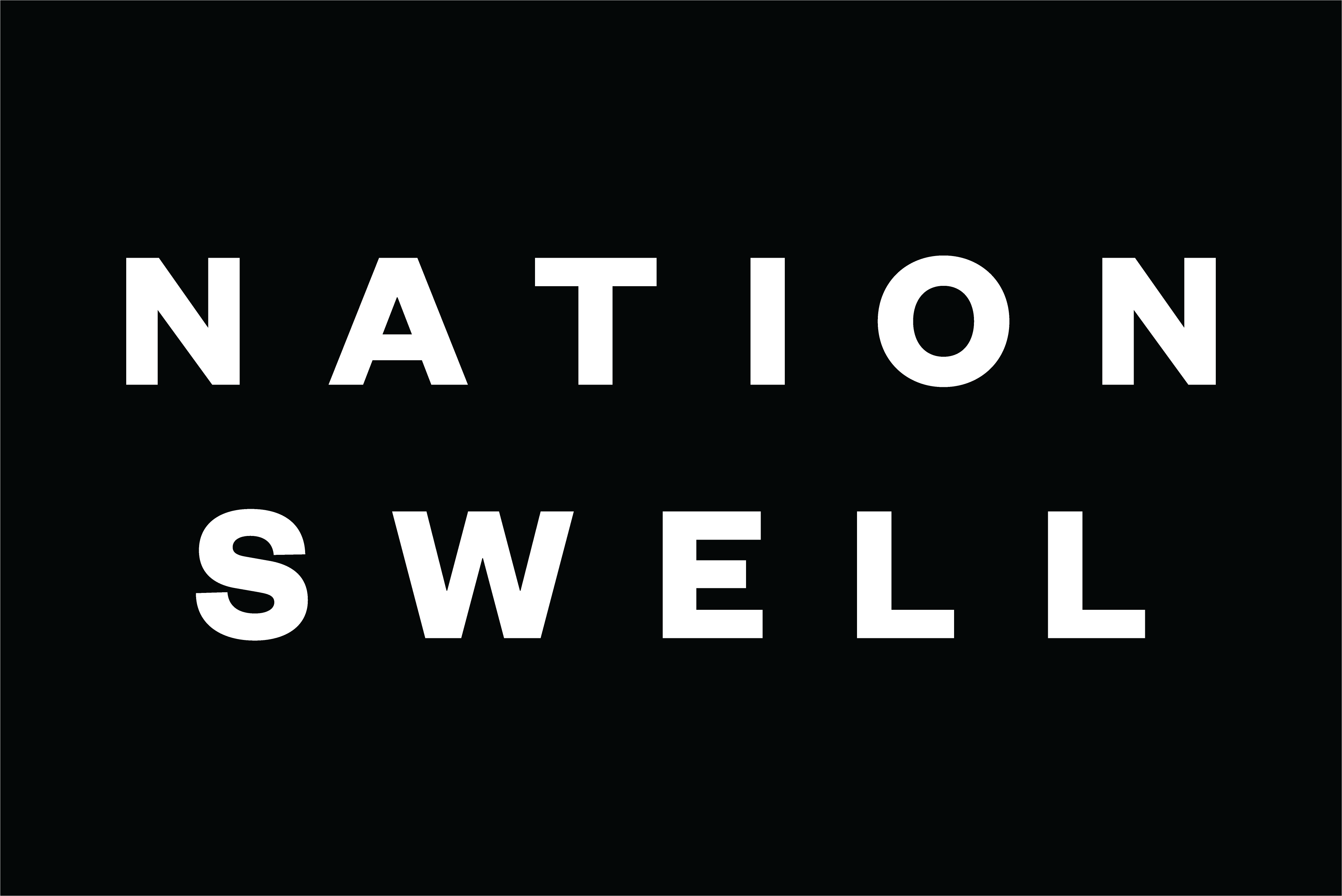Telling a compelling impact story is critical to standing out and inspiring action, particularly when confronted with cultural narratives and storylines that seek to undermine the work.
On February 13, NationSwell hosted a virtual roundtable discussion to explore how leaders can craft narratives that resonate, engage, and drive support for their priorities.
Here are some of the key takeaways from the event:
Prioritize human-centered, emotionally resonant storytelling. It is important that we never lose sight of the fact that there are human beings and human stories behind the data. In a particularly partisan moment, our shared humanity is the lowest common denominator that cuts through the divisiveness — and we have an opportunity to be the steady voice that lifts up those stories and communities in a way that cuts through the political noise.
Internal storytelling is needed as critically as external storytelling is. Internal transparency around organizational values and decision-making processes are key to maintaining engagement and trust among employees — particularly in a moment when an organization might be pulling back its public messaging on social issues. Lifting up and engaging employees around social impact work and the ways it positively impacts people and communities is always vitally important, but particularly so now, in a moment when employees need inspiration, connection, and hope.
Ask grantees and partners what they need from you in your storytelling. Nonprofits, grantees, and partners are currently facing increasing amounts of pressure, and there is no uniformity in what they need from you in terms of advancing their stories. Taking the time to make calls, check in on your partners, and communicating directly on what grantees need is necessary to ensure that amplification and storytelling is not inadvertently harmful to them at this time.
Build authentic equity with your audience and stakeholders. At a time when consumers and audiences are incredibly knowledgeable about their own communities, people crave the type of authenticity that can be found in the small details. Having a firm grasp of nuance, undertones, and subcultures can help to build authentic equity, and you can do this in two primary ways: First, by identifying trusted messengers who can act as proxies for their communities, helping to ensure that we are not speaking on anyone’s behalf. And second, by getting creative with the storytelling modalities — thinking about the interactive ways that we can showcase our stories, data, and information, whether through online or offline interaction.
Help people understand the “why under the why”. With headlines and a heightened political pitch competing for audiences’ attention, keeping messaging concise and strategic will help to ensure that you’re communicating as effectively as possible. Although it can be tempting to give in to the desire to be urgent and reactive around messaging, slowing down and taking a more intentional approach to which conversations you’re entering can help cut through the noise in real time and more effectively translate your values to your audience.
Consider storytelling through the lens of a hierarchy of needs. Because there are so many things that we need stories to do for us right now, we need to be very intentional about which are the most essential to pursue. Every organization has a critical and specific role to play in creating impact — doing internal audits on where our most urgent priorities lie will be crucial to ensuring we are maximizing our storytelling potential.

 "
"
